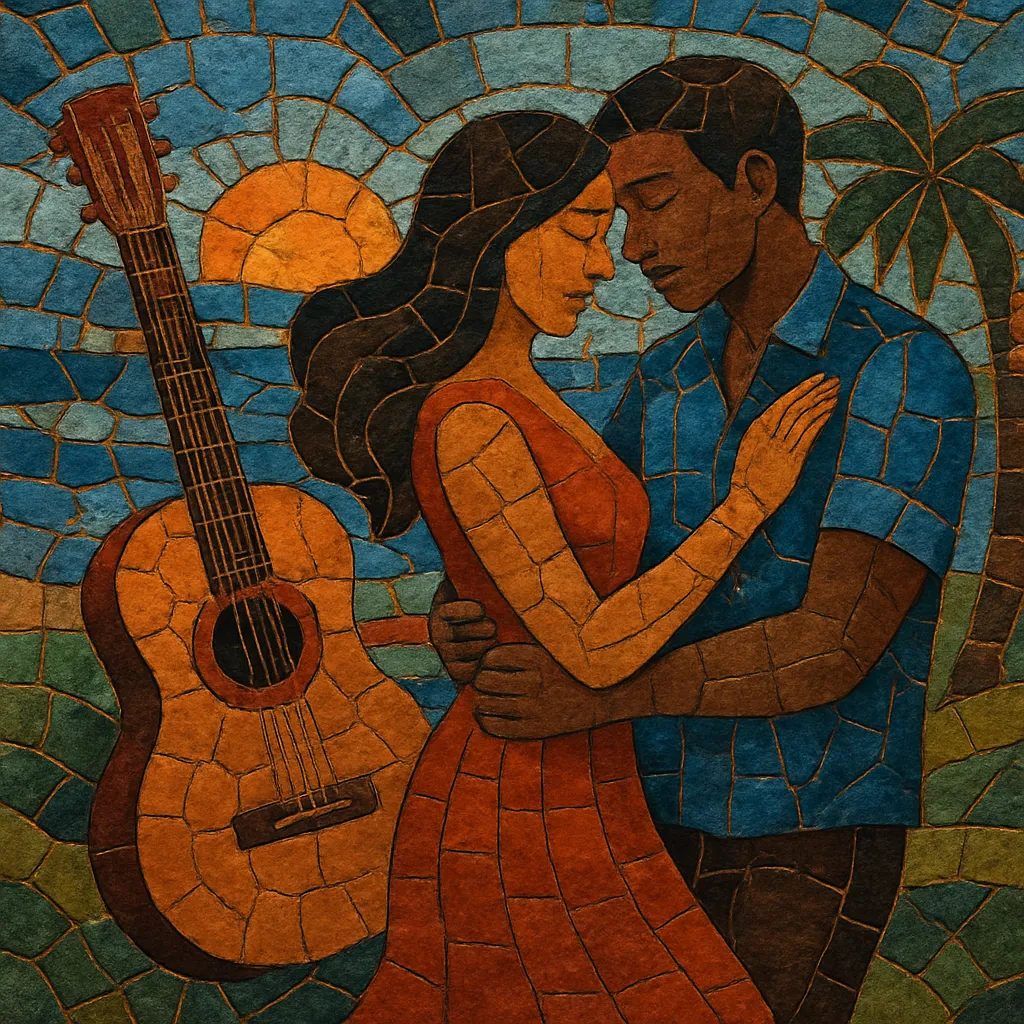Gommance is a contemporary, romantic offshoot of Haitian compas (konpa) that emphasizes slow-to-mid tempo grooves, lush keyboards, silky guitar arpeggios, and emotive lead vocals in Haitian Creole and French.
Stylistically, it sits between the sensual pulse of zouk love and the steady, danceable backbone of compas. Tracks typically feature glossy production, gentle horn or synth-brass pads, and a prominent, syncopated bass line that invites close, intimate dancing while foregrounding tender, storytelling lyrics.
Gommance emerged in Haiti during the 2000s as bands and producers began foregrounding the romantic, slow-groove side of compas (konpa). While compas had long supported ballads and love songs, this newer approach distilled the aesthetic toward smoother textures, downtempo rhythms, and sentimental storytelling—drawing on the sensual qualities of zouk and the balladry of contemporary R&B.
Through the late 2000s and 2010s, touring Haitian bands and diaspora communities (especially in North America and the French Antilles) helped standardize the sound. Arrangements became more polished, with carefully layered keyboards, restrained horn lines, and drum programming that preserved compas’ steady drive while allowing singers and guitarists more expressive space. Radio, socials, and streaming playlists tagged around slow compas and zouk love further codified “gommance” as a recognizable mood-centric style.
Gommance thrives as a club and wedding staple—music designed for intimate partner dancing and late-night sets. It continues to evolve with contemporary production (subtle sidechain, modern drum samples, and wider stereo imaging) while remaining rooted in the compas rhythm and the lyrical themes of love, longing, and reconciliation.


